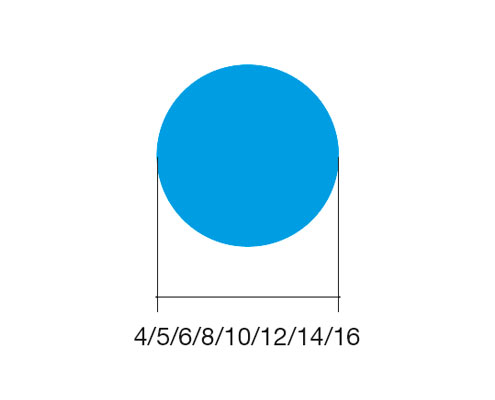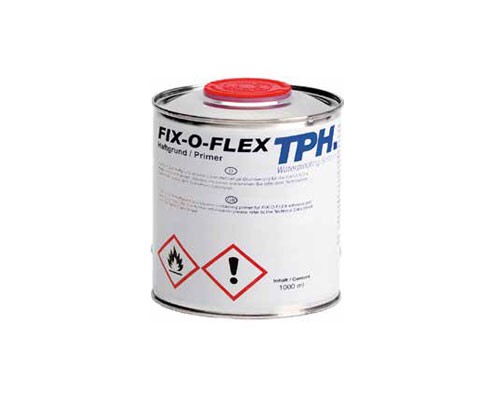HYDROTITE®
Hydrophilic rubber based on polychloroprene
- For construction joints in structural, civil and construction engineering
- High chemical resistance against sewage, manure and chemicals


3-chamber-profile, co-extruded, polychloroprene based profile with non swellable core and hydrophilic rubber made jacket for renovation and sealing of
- Construction joints in structural, civil and construction engineering
- Contruction joints for tunnelling constructions in cut and cover technique or NATM (New Austrian Tunneling Method)
- Construction joints in channels, sewage plants, biogas and biodiesel plants
- Construction joints in delicate or thin constructive elements (cavity walls)
Main Advantage: compensation of swelling tension development due to internal cavities

Hydrophilic rubber based on polychloroprene for sealing of
- Sheet piling joints
- Joints
- Pipe breakthroughs
- Lock gates
- Sewage ducts
Main advantage: pressure waterproofing even in small joint gaps.

Hydrophilic rubber based on polychloroprene for sealing of
- Construction joints in pipe breakthroughs
- Manure and sewage tanks
- Steel structures such as storage tanks
- Catch basins for chemicals
Main advantage: low height

Co-extruded, polychloroprene based profile with non swellable core and hydrophilic rubber made jacket for renovation of
- Dilatation and expansion joints
- Parting joints
- “Cold” (work) joints
Main advantage: can be subjected to high compressive pressure due to internal neoprene core

Water-swelling rubber based on polychloroprene for sealing of
- Working joints in tunnels both C&C or NATM
- Construction joints in canals, sewage plants, biogas and biodiesel plants
- Construction joints in reinforced concrete
- Gaskets for pre-cast elements in tunnels
- Safety collection basins for chemicals
Main advantage: high swelling mass
Several special profiles on request




Injection Equipment
One component, hydrophilic sealing compound for bonding of hydrophilic rubber.
Neoprene adhesive.
Mastic adhesive and sealing compound for gluing on moist surfaces and even under water.
For cleaning substrates and for bonding dusts and other contamination.
For connection and dilatation joints inside and outside and for permanently elastic sealing.
For priming heavily absorbent surfaces such as weathered concrete, brickwork, aerated concrete, eternit, natural stone, etc.






